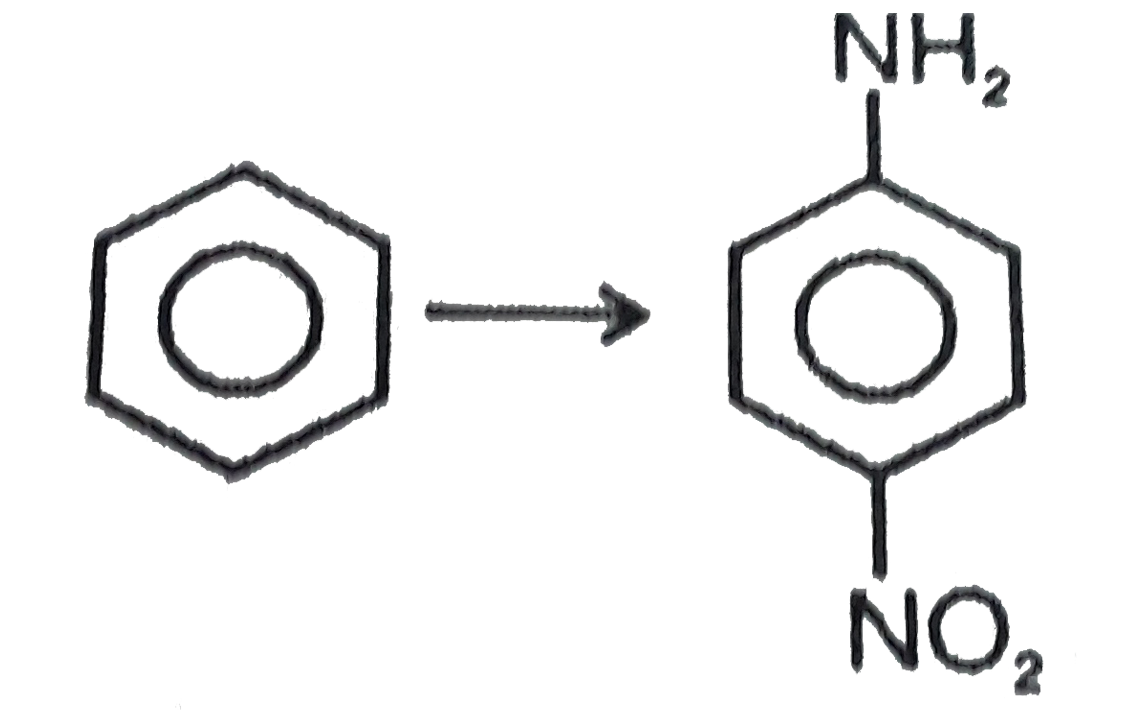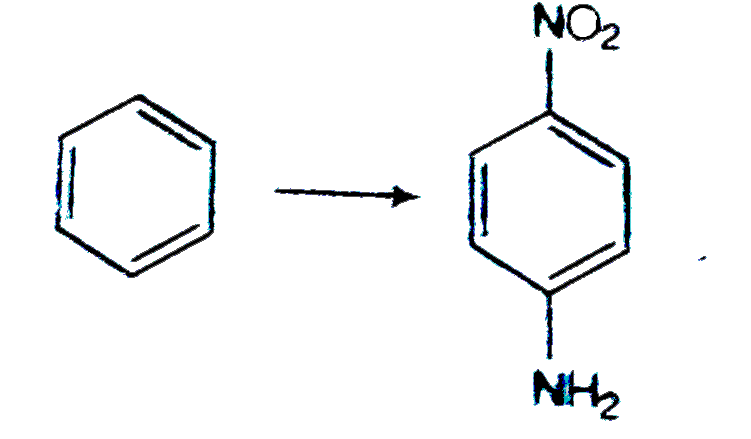Which test will you carry out to find out if a given solution is saturated or unsaturated or supersaturated ?
To determine whether a given solution is saturated, unsaturated, or supersaturated, you can follow these steps:
1. Prepare the Original Solution: Start with the solution you want to test. This could be a solution of salt in water, sugar in water, or any other solute in a solvent.
2. Add the Same Solute: Take a small amount of the same solute that is already in the solution. For example, if you have a saltwater solution, take some salt.
3. Observe Dissolution:
- If the solute dissolves completely: This indicates that the original solution is unsaturated. It means that there is still capacity in the solution to dissolve more solute.
- If the solute does not dissolve and forms a precipitate (solid) at the bottom: This indicates that the original solution is saturated. It means that the maximum amount of solute that can dissolve in the solvent has already been reached.
- If there is already solid present at the bottom of the solution: This indicates that the original solution is supersaturated. It means that the solution contains more solute than it can normally hold at that temperature, and the excess solute is precipitating out.
4. Record Your Observations: Note down your observations carefully to conclude the nature of the solution.
Summary of Tests:
- Dissolves completely: Unsaturated
- Forms precipitate: Saturated
- Already has precipitate: Supersaturated
- If the solute dissolves completely: This indicates that the original solution is unsaturated. It means that there is still capacity in the solution to dissolve more solute.
- If the solute does not dissolve and forms a precipitate (solid) at the bottom: This indicates that the original solution is saturated. It means that the maximum amount of solute that can dissolve in the solvent has already been reached.
- If there is already solid present at the bottom of the solution: This indicates that the original solution is supersaturated. It means that the solution contains more solute than it can normally hold at that temperature, and the excess solute is precipitating out.
- Dissolves completely: Unsaturated
- Forms precipitate: Saturated
- Already has precipitate: Supersaturated
Topper's Solved these Questions
- WATERBOOK - ICSECHAPTER - WATEREXERCISE - EXERCISE 3(C)
25 Videos
- WATERBOOK - ICSECHAPTER - WATEREXERCISE - TOPIC 1 Water (1 MARK QUESTIONS )
13 Videos
- WATERBOOK - ICSECHAPTER - WATEREXERCISE - EXERCISE 3(A)
23 Videos
- THE PERIODIC TABLE BOOK - ICSECHAPTER - THE PERIODIC TABLE EXERCISE - TOPIC 2 Studying Individual Groups (5 Marks Questions)
34 Videos
Similar Questions
Knowledge Check
एक असंतृप्त विलयन संतृप्त हो जाता है ?
AहीटिंगBजमनाCगलनDइनमे से कोई भी नहीं
How will you carry out the following conversion?

View SolutionHow will you carry out the following conversion?

View SolutionHow will you carry out the following conversion?

View SolutionA test cross is carried out to
View SolutionWidal Test is carried out to test :
View SolutionPasteurisation is carried out at
View SolutionHow will you carry out the following conversions :
Acetaldehyde to lactic acid.
View Solution


